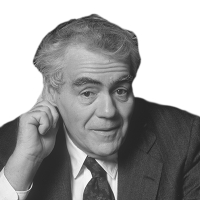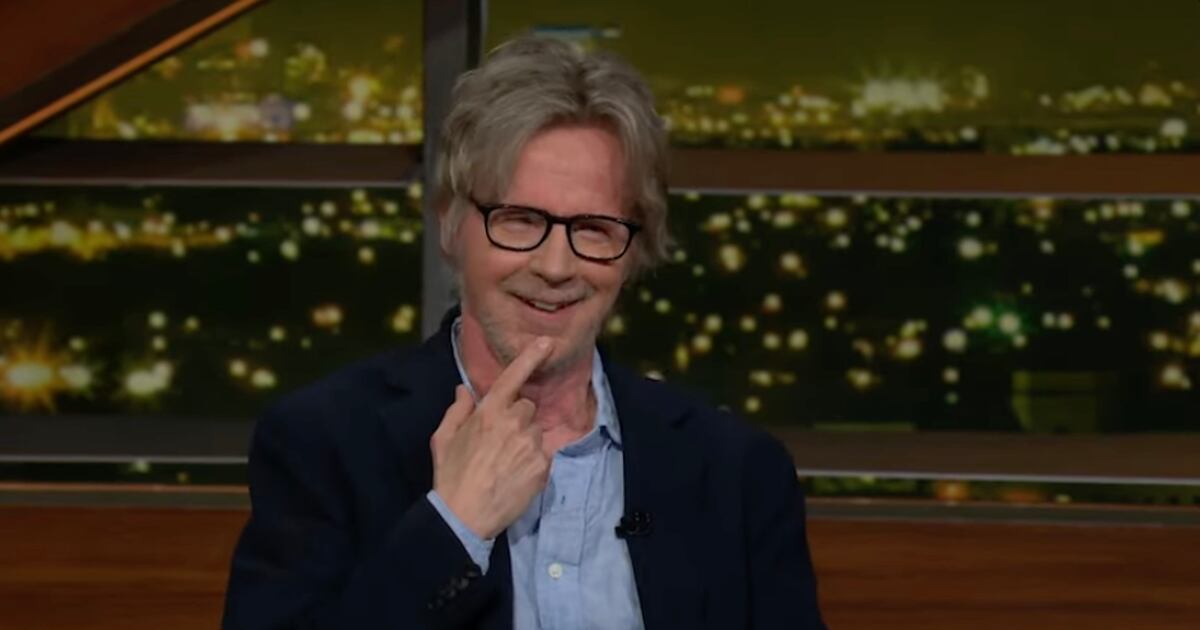I was home in bed in Forest Hills, Queens, at 11:20 P.M. when the phone and television at once said Lennon was shot. I was dressed and into Manhattan, to Roosevelt Hospital, the Dakota, up to the precinct, grabbed a cop inside, back to the Dakota, grabbed a cop outside, and to the Daily News. I wrote this column and it made a 1:30 A.M. deadline. I don’t think there is anybody else who can do this kind of work this quickly.
I particularly like the mistake in it. Moran from Williams Avenue in the Bronx. It is Willis Avenue.
As I can’t use a terminal—the keys don’t make the noise I need and require too light a touch for me to make them work—a desk clerk put my typewritten copy into the terminal. He made the Williams Avenue error. I sure as hell know Willis Avenue, having had a drink in every bar there when it was Irish and having centered a whole novel on the street now that it is Puerto Rican. The mistake and the reasons for it are testimony to the speed with which it was done.
That summer in Breezy Point, when he was eighteen and out of Madison High in Brooklyn, there was the Beatles on the radio at the beach through the hot days and on the jukebox through the nights in the Sugar Bowl and Kennedys. He was young and he let his hair grow and there were girls and it was the important part of life.
Last year, Tony Palma even went to see Beatlemania.
And now, last night, a thirty-four-year-old man, he sat in a patrol car at Eighty-second Street and Columbus Avenue and the call came over the radio: “Man shot, One West Seventy-second Street.”
Palma and his partner, Herb Frauenberger, rushed through the Manhattan streets to an address they knew as one of the most famous living places in the country, the Dakota apartments.
Another patrol car was there ahead of them, and as Palma got out he saw the officers had a man up against the building and were handcuffing him.
“Where’s the guy shot?” Palma said.
“In the back,” one of the cops said.
Palma went through the gates into the Dakota courtyard and up into the office, where a guy in a red shirt and jeans was on his face on the floor. Palma rolled the guy over. Blood was coming out of the mouth and covering the face. The chest was wet with blood.
Palma took the arms and Frauenberger took the legs. They carried the guy out to the street. Somebody told them to put the body in • another patrol car.
Jim Moran’s patrol car was waiting. Moran is from the South Bronx, from Williams Avenue, and he was brought up on Tony Bennett records in the jukeboxes. When he became a cop in 1964, he was put on patrol guarding the Beatles at their hotel. Girls screamed and pushed and Moran laughed. Once, it was all fun.
Now responding to the call, “Man shot, One West Seventy-second,” Jim Moran, a forty-five-year-old policeman, pulled up in front of the Dakota and Tony Palma and Herb Frauenberger put this guy with blood all over him in the backseat.
As Moran started driving away, he heard people in the street shouting, “That’s John Lennon!”
Moran was driving with Bill Gamble. As they went through the streets to Roosevelt Hospital, Moran looked in the backseat and said, “Are you John Lennon?” The guy in the back nodded and groaned.
Back on Seventy-second Street, somebody told Palma, “Take the woman.” And a shaking woman, another victim’s wife, crumpled into the backseat as Palma started for Roosevelt Hospital. She said nothing to the two cops and they said nothing to her. Homicide is not a talking matter.
Jim Moran, with John Lennon in the backseat, was on the radio as he drove to the hospital. “Have paramedics meet us at the emergency entrance,” he called. When he pulled up to the hospital, they were waiting for him with a cart. As Lennon was being wheeled through the doors into the emergency room, the doctors were on him.
“John Lennon,” somebody said.
“Yes, it is,” Moran said.
Now Tony Palma pulled up to the emergency entrance. He let the woman out and she ran to the doors. Somebody called to Palma, “That’s Yoko Ono.”
“Yeah?” Palma said.”
“They just took John Lennon in,” the guy said.
Palma walked into the emergency room. Moran was there already. The doctors had John Lennon on a table in a trauma room, working on the chest, inserting tubes.
Tony Palma said to himself, I don’t think so. Moran shook his head. He thought about his two kids, who know every one of the Beatles’ big tunes. And Jim Moran and Tony Palma, older now, cops in a world with no fun, stood in the emergency room as John Lennon, whose music they knew, whose music was known everywhere on earth, became another person who died after being shot with a gun on the streets of New York.
(December 1980)





